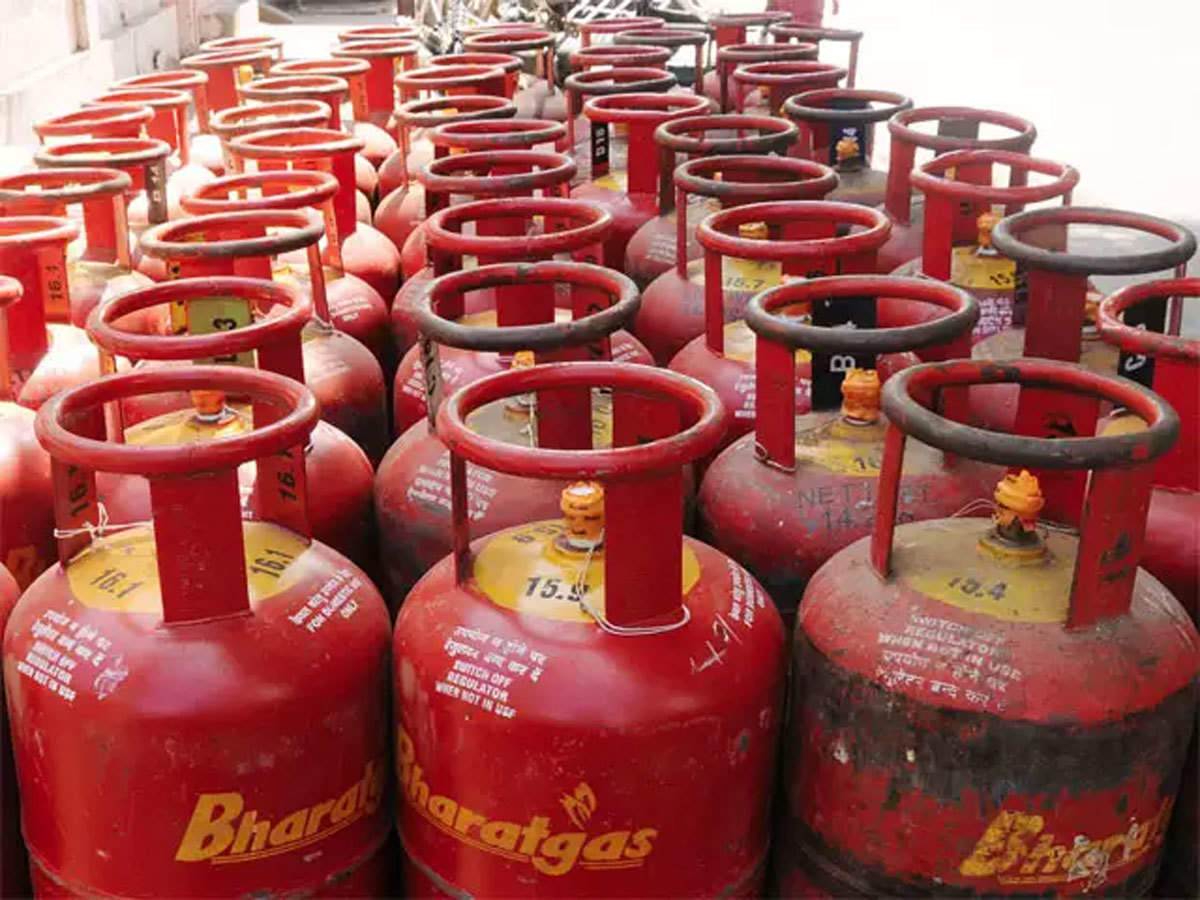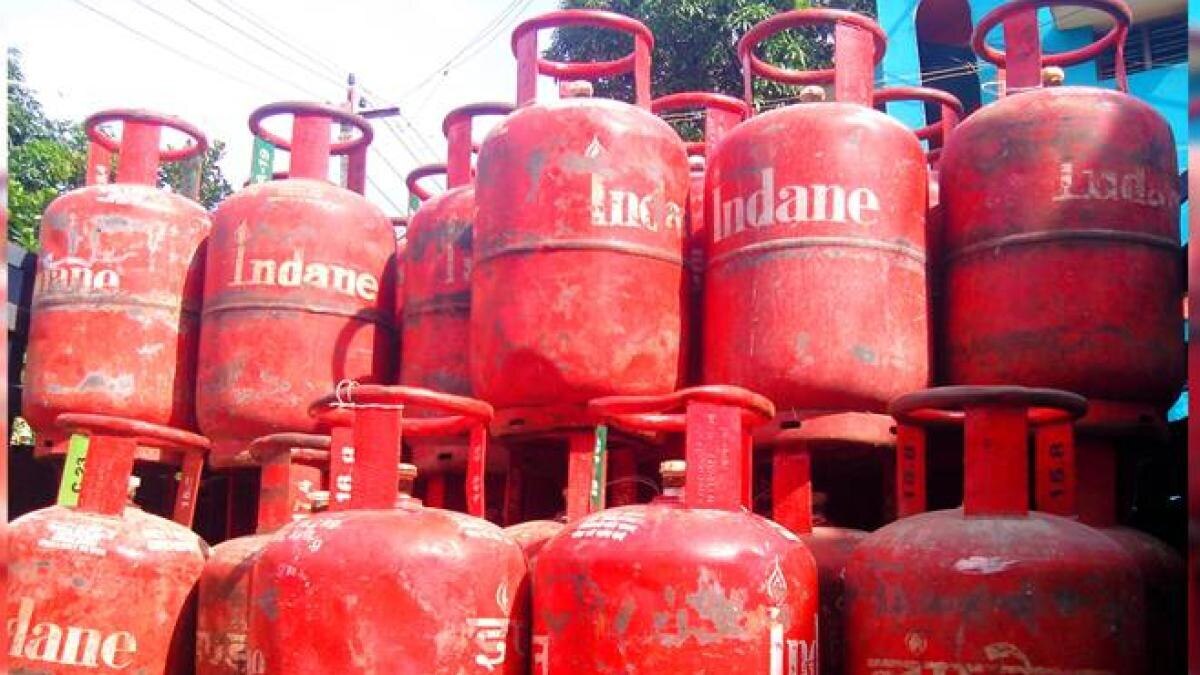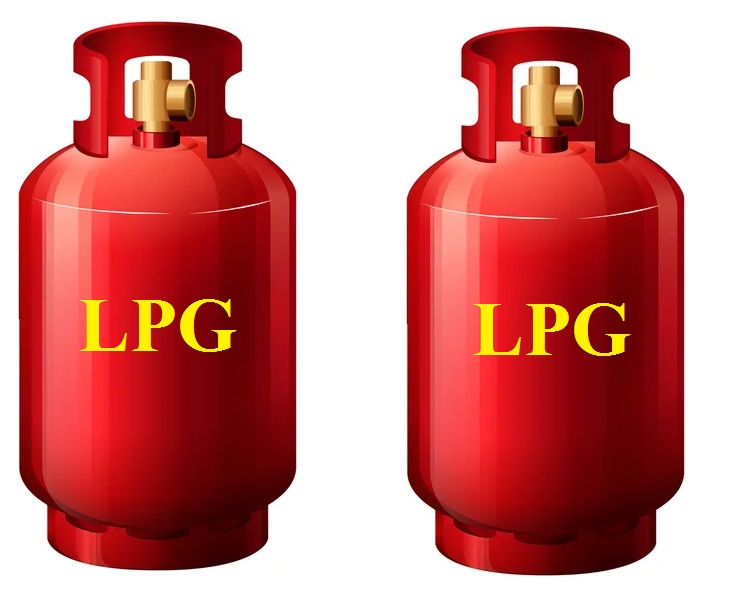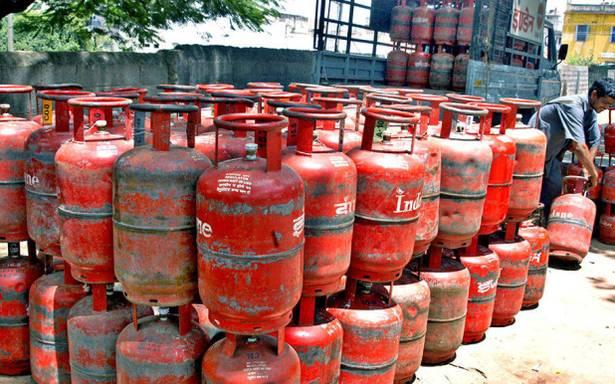Introduction: Understanding the Significance
In a landmark move to commemorate International Women’s Day, the Government of India, under the leadership of Prime Minister Narendra Modi, has announced a significant reduction in the prices of LPG cylinders by ₹100. This move comes as a welcome relief to households across the nation, particularly benefiting women who play a pivotal role in managing household expenses and ensuring the well-being of their families.

Addressing Economic Challenges: Empowering Women and Families
Empowering women economically is not just about providing them with financial resources; it’s about enabling them to participate fully in the economy, make decisions, and access opportunities that were previously out of reach. When women are economically empowered, they can contribute more effectively to their families’ well-being, community development, and overall economic growth.
Breaking the Cycle of Poverty
One of the most significant impacts of economic empowerment is its ability to break the cycle of poverty. Women who have access to resources, education, and employment opportunities are better equipped to lift themselves and their families out of poverty. By earning a sustainable income, they can provide for their children’s education, healthcare, and other essential needs, thus ensuring a brighter future for generations to come.
Promoting Gender Equality in the Workplace

Economic empowerment also entails addressing gender disparities in the workplace and ensuring equal opportunities for women to participate and thrive. This involves breaking down barriers such as gender-based discrimination, unequal pay, and limited access to leadership positions. When women have equal access to employment and career advancement opportunities, they can contribute their talents and skills more fully to the economy, driving innovation and productivity.
Access to Financial Services and Resources
Access to financial services such as credit, savings, and insurance is crucial for women’s economic empowerment. By providing women with access to these resources, they can invest in income-generating activities, start or expand businesses, and build financial resilience against economic shocks. Moreover, financial inclusion empowers women to make informed financial decisions, save for the future, and plan for their families’ long-term well-being.
Enhancing Social and Political Participation

Economic empowerment goes hand in hand with social and political empowerment, as it enables women to have a voice in decision-making processes that affect their lives and communities. When women have economic independence, they are more likely to engage in civic activities, advocate for their rights, and participate in political leadership roles. This not only advances gender equality but also strengthens democratic governance and social cohesion.
Government Initiatives for Women’s Economic Empowerment
Governments play a crucial role in creating an enabling environment for women’s economic empowerment through policy reforms, programs, and initiatives. These may include:
- Skills Training and Capacity Building: Providing women with vocational training, entrepreneurship development programs, and leadership training to enhance their employability and business acumen.
- Access to Finance: Implementing microfinance schemes, loan programs, and financial literacy initiatives to increase women’s access to credit and financial services.
- Legal and Policy Reforms: Enacting laws and policies that promote gender equality, protect women’s rights, and prohibit discrimination in the workplace and beyond.
- Support for Women-Owned Businesses: Offering incentives, grants, and support services to encourage the growth and sustainability of women-owned enterprises.
- Childcare and Family Support Services: Establishing affordable and accessible childcare facilities, parental leave policies, and social protection programs to support working mothers and families.
Boosting Household Budgets: A Step Towards Financial Inclusion

1. Immediate Financial Relief:
The reduction in LPG cylinder prices directly translates into savings for households, providing immediate financial relief. With each cylinder priced ₹100 lower, families can allocate these savings towards addressing pressing needs such as food, education, healthcare, or paying off debts. This extra disposable income enhances the purchasing power of households, enabling them to meet their basic requirements more comfortably.
2. Stabilizing Monthly Expenses:
LPG cylinders are a recurring expense for most households, and any reduction in their prices stabilizes monthly budgets. By lowering the cost of a fundamental necessity like cooking fuel, families can better predict and manage their monthly expenses. This stability contributes to financial security and reduces the likelihood of households falling into debt or facing financial crises due to unexpected expenditure spikes.
3. Encouraging Savings and Investments:
When households experience a reduction in essential expenses like LPG cylinder prices, they often have surplus funds available for saving or investing. These savings can be channeled towards building emergency funds, creating long-term savings plans, or investing in income-generating assets. By fostering a culture of saving and investment, the initiative promotes financial resilience and empowers families to achieve their financial goals.
4. Improving Access to Basic Services:
Affordable access to LPG cylinders enables households to prioritize spending on other essential services such as education and healthcare. Families can allocate saved funds towards children’s education expenses, including school fees, books, and tutoring, ensuring access to quality education for all family members. Similarly, these savings can also be utilized to afford better healthcare services and preventive measures, thus improving overall well-being.
5. Reducing Financial Vulnerability:
For economically vulnerable households, even small reductions in expenses can have a significant impact on their financial stability. By lowering the cost of LPG cylinders, the government addresses a basic need of these households, reducing their financial vulnerability and enhancing their resilience against economic shocks. This targeted support plays a crucial role in promoting social equity and inclusivity.
6. Empowering Women as Financial Managers:
Women often bear the responsibility of managing household finances, and the reduction in LPG cylinder prices empowers them in this role. With more control over the household budget and increased financial flexibility, women can make informed decisions regarding expenditure, savings, and investments. This empowerment not only strengthens women’s financial literacy but also enhances their status within the household and society.
7. Promoting Economic Participation:
Access to affordable LPG cylinders is integral to promoting economic participation, particularly among women. With reduced time and effort spent on sourcing cooking fuel at lower prices, women can allocate more time to pursue income-generating activities or participate in skill development programs. This increased economic participation not only uplifts individual households but also contributes to the overall economic growth of the nation.
8. Fostering Community Development:
Affordable access to LPG cylinders benefits entire communities by fostering economic development and social cohesion. As households experience improved financial well-being, they are more likely to invest in community infrastructure, support local businesses, and participate in collective initiatives aimed at community development. This ripple effect of economic empowerment strengthens the fabric of society and promotes inclusive growth.
In summary, the reduction in LPG cylinder prices represents more than just a decrease in household expenses; it is a catalyst for financial inclusion, empowerment, and community development. By boosting household budgets and promoting economic resilience, this initiative contributes to building a more equitable and prosperous society for all.
Environmental Sustainability: Encouraging Clean Energy Adoption

Environmental sustainability is a pressing global issue, with the need to reduce greenhouse gas emissions and mitigate the impacts of climate change becoming increasingly urgent. Clean energy adoption plays a crucial role in this endeavor, offering a viable solution to transition towards a more sustainable energy future.
Understanding Clean Energy
Clean energy refers to energy sources that have minimal or no negative impact on the environment during their production and consumption. Unlike fossil fuels such as coal, oil, and natural gas, which release harmful pollutants and greenhouse gases into the atmosphere when burned, clean energy technologies generate electricity using renewable resources such as sunlight, wind, water, and geothermal heat.
Advantages of Clean Energy
1. Reduced Greenhouse Gas Emissions
One of the primary benefits of clean energy adoption is its ability to significantly reduce greenhouse gas emissions, thus mitigating climate change. Renewable energy sources produce electricity without emitting carbon dioxide and other pollutants, helping to combat global warming and its associated environmental and socio-economic consequences.
2. Improved Air Quality
Transitioning to clean energy sources helps improve air quality by reducing the emission of harmful pollutants such as sulfur dioxide, nitrogen oxides, and particulate matter. Cleaner air not only benefits human health by reducing respiratory illnesses and cardiovascular diseases but also enhances ecosystem health and biodiversity.
3. Energy Independence and Security
Clean energy technologies offer countries the opportunity to diversify their energy sources and reduce reliance on imported fossil fuels, thereby enhancing energy independence and security. By harnessing renewable resources abundantly available within their borders, nations can strengthen their energy resilience and mitigate geopolitical risks associated with fossil fuel dependence.
4. Economic Opportunities and Job Creation
The shift towards clean energy presents significant economic opportunities, driving innovation, investment, and job creation across various sectors. Renewable energy industries, such as solar, wind, and hydroelectric power, provide employment opportunities in manufacturing, installation, maintenance, and research, contributing to sustainable economic growth and prosperity.
Government Initiatives and Policies

Governments play a pivotal role in encouraging clean energy adoption through supportive policies, incentives, and regulatory frameworks. Measures such as renewable energy targets, feed-in tariffs, tax credits, and subsidies help make clean energy technologies more accessible and affordable for consumers and businesses, accelerating the transition towards a low-carbon economy.
Challenges and Opportunities Ahead
While clean energy adoption offers immense potential for environmental and socio-economic benefits, several challenges must be addressed to realize its full potential. These include intermittency and variability of renewable energy sources, grid integration issues, technological advancements, and overcoming barriers to investment and financing.
Government’s Commitment to Inclusive Development: A Holistic Approach
PM Modi’s Women’s Day gift underscores the government’s holistic approach towards inclusive development, wherein policies and initiatives are designed to uplift every section of society, especially women and marginalized communities. By prioritizing affordability, accessibility, and sustainability, the government paves the way for a more equitable and prosperous future for all citizens.
Conclusion: A Step Towards Progress and Equality
In conclusion, the reduction in LPG cylinder prices by ₹100, announced by the Government of India on the occasion of International Women’s Day, marks a significant milestone in the journey towards progress and equality. By addressing economic challenges, empowering women, promoting financial inclusion, and encouraging environmental sustainability, this initiative exemplifies the government’s unwavering commitment to building a brighter future for the nation and its citizens.

Unique FAQs
What is Rajiv Awas Yojana?
Answer: Rajiv Awas Yojana (RAY) was a government scheme initiated in India with the primary objective of providing housing for the urban poor. Launched in 2009 by the Ministry of Housing and Urban Poverty Alleviation, RAY aimed to create a slum-free India by providing affordable housing options and basic amenities to slum dwellers and low-income households in urban areas.
2. What is the Agnipath Scheme?
Answer: The AgniPath Scheme, also known as the AgniPath Initiative, is a government program aimed at enhancing the capabilities and preparedness of the Indian armed forces, particularly in the realm of strategic defense and military modernization. The term “AgniPath” translates to “Path of Fire” in English, symbolizing the determination and resolve of the armed forces to protect the nation’s security interests and uphold its sovereignty.
3. What is Digital India?
Answer: Digital India is a transformative initiative launched by the Government of India with the vision of leveraging digital technologies to empower citizens, promote inclusive growth, and foster socio-economic development across the country. Introduced in 2015 by Prime Minister Narendra Modi, the Digital India program seeks to harness the power of digital technology to bridge the digital divide, enhance access to digital services, and transform India into a digitally empowered society and knowledge economy.
4. What is the current share price of India Bulls Real Estate?
Answer: As an AI language model, I don’t have access to real-time data, including current stock prices. To obtain the most accurate and up-to-date share price of India Bulls Real Estate, I recommend checking a reliable financial news website, a stock market app, or the company’s official investor relations page.

